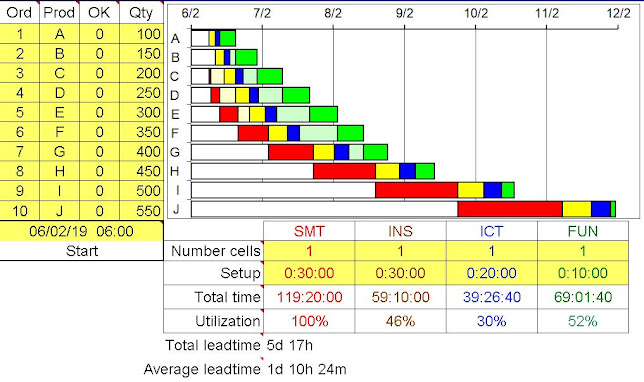Bring Your Own Device (BYOD)

The COVID pandemia we have suffered worldwide has changed many ways of doing things both at work and in the home. A common practice of sharing reporting terminals in the manufacturing lines has become an unacceptable risk. One alternative to solve this problem is to bring your own device (BYOD) to do the reporting. BYOD is making significant inroads in the business world, with about 75% of employees in high-growth markets such as Brazil and Russia and 44% in developed markets already using their own technology at work. One major advantage of using your own phone is that the skill is already there: a new IT device would require training. Some Possible Business Uses for an Employee's Own Smartphone Workplace data collection in real time Incident reporting anywhere any time Repair action reporting from anywhere when it is complete Value Stream Map building and validation in Gemba (where the action is) Real-time Statistical Process Control Real time project or manufacturing sta

